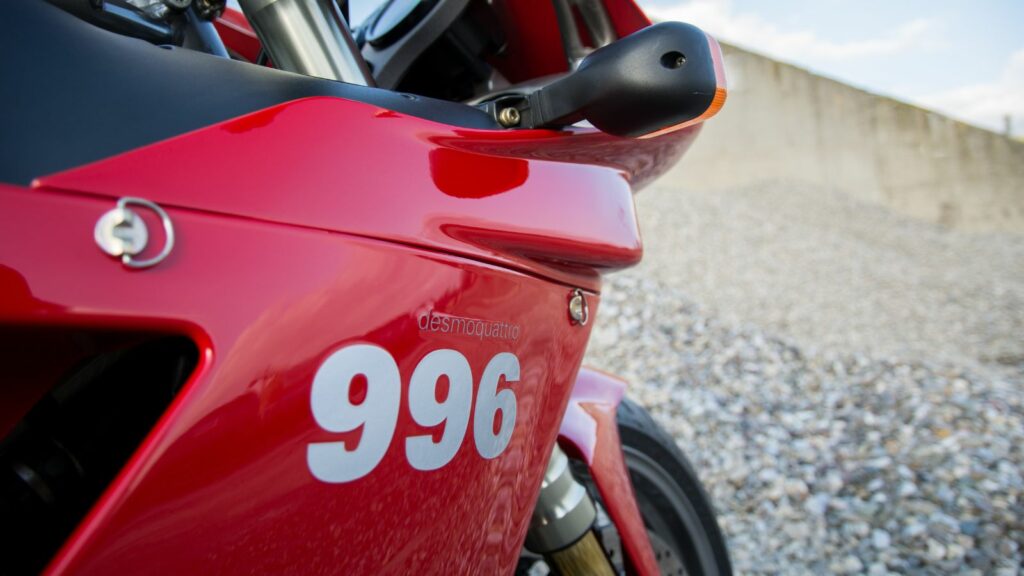The Ducati 996 is one of the most celebrated motorcycles of the modern era. Emerging in 1999 as the successor to the iconic 916, it carried forward the torch of Italian superbike excellence while refining the formula with more power, sharper handling, and race-bred engineering. It wasn’t just a machine, it was an event — a motorcycle that made riders feel connected to Ducati’s racing heritage every time they turned the key. To this day, the 996 is remembered not only for its beauty and performance but also for the cultural footprint it left behind. Here are 21 facts every Ducatisti should know about the legendary Ducati 996.
A Successor to the 916
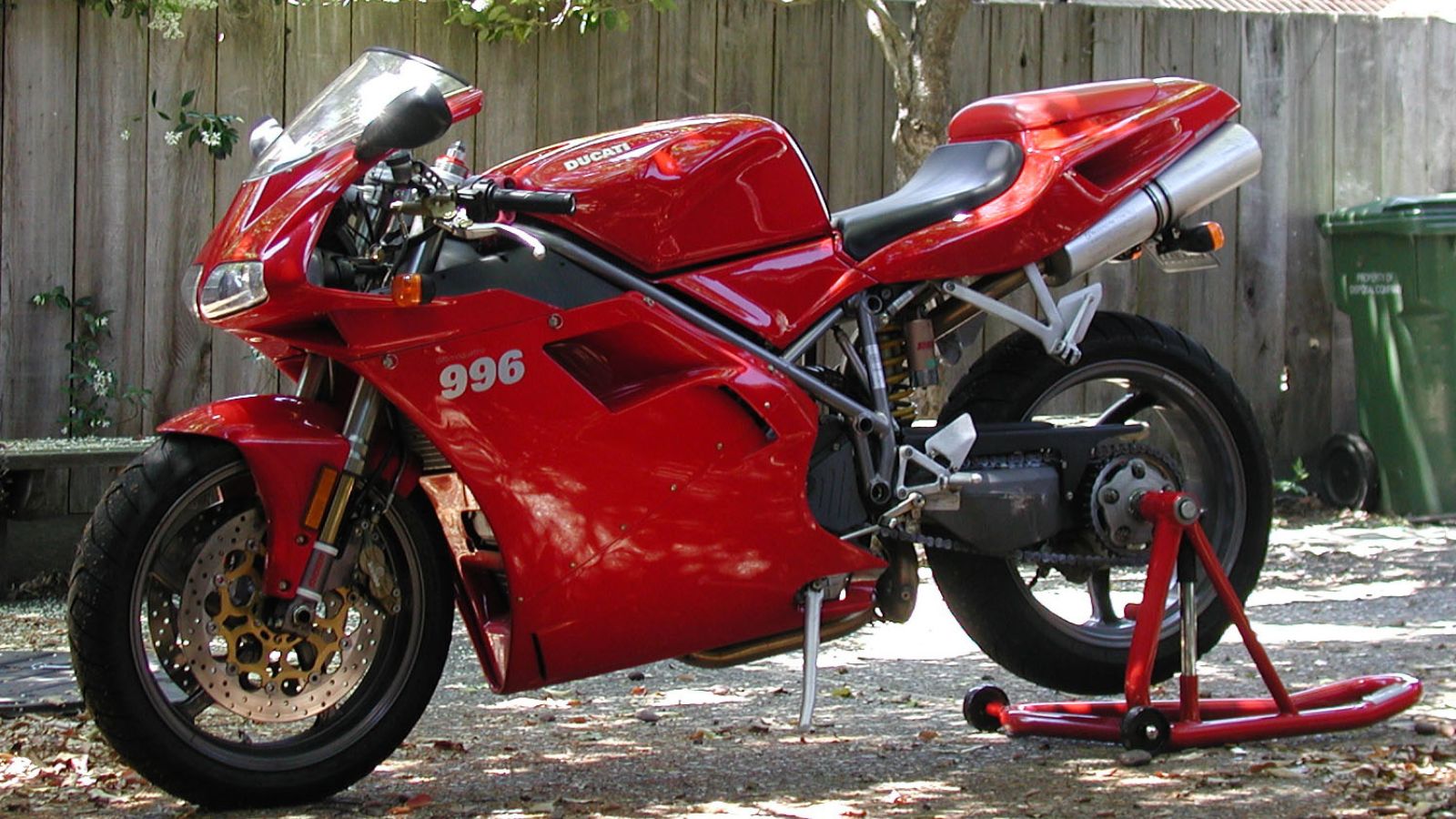
The 996 replaced the legendary 916 in 1999, carrying over its silhouette while introducing meaningful technical updates. To the casual eye, they looked nearly identical, but under the skin the 996 packed more displacement and refinements that kept it competitive against Japanese superbikes of the time.
Bigger Displacement
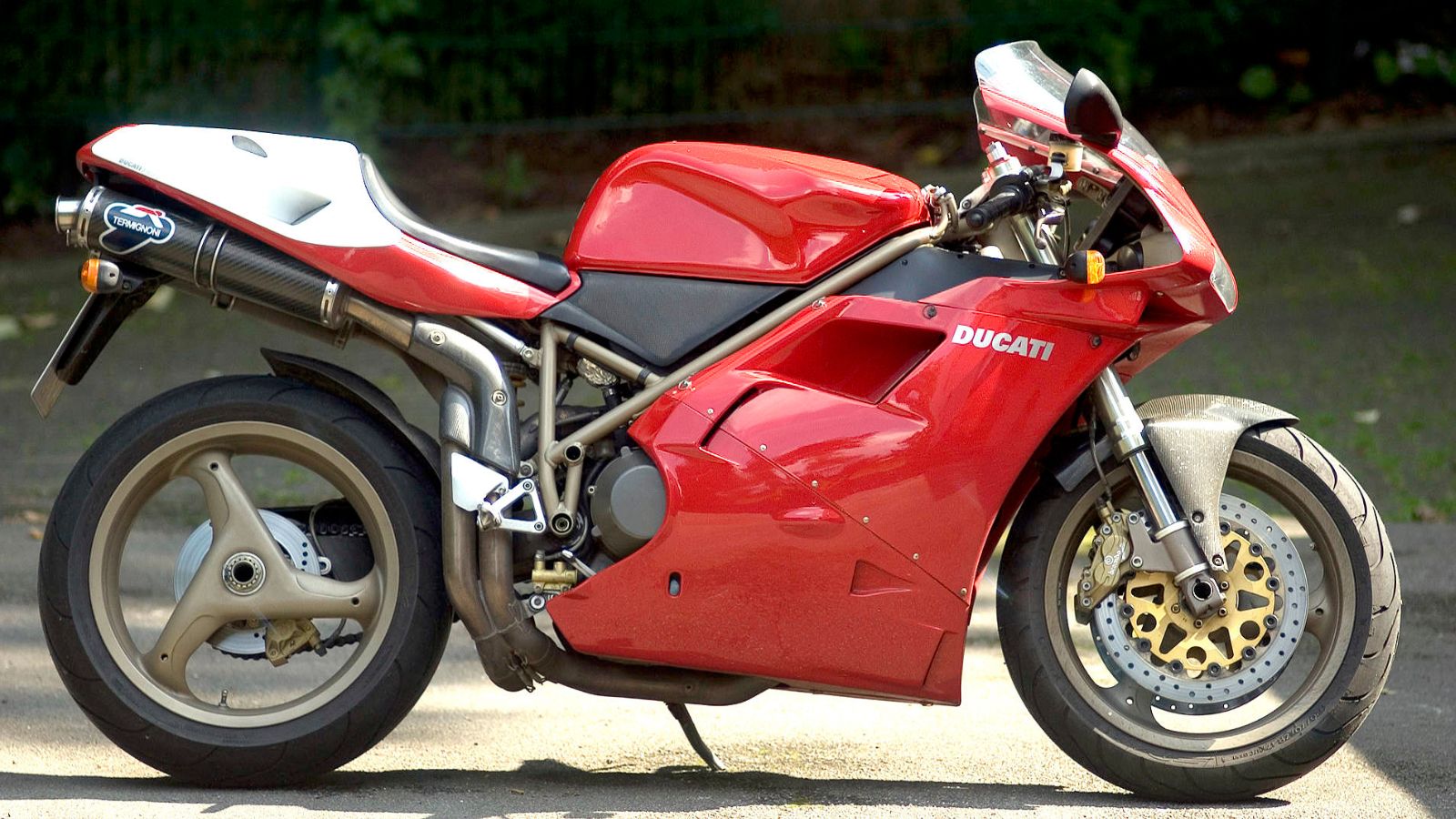
The 916’s 916cc L-twin gave way to the 996cc Desmodromic twin in the new model. This boost in capacity wasn’t just for bragging rights — it delivered more torque across the rev range, making the bike faster and more usable both on road and track.
More Power on Tap
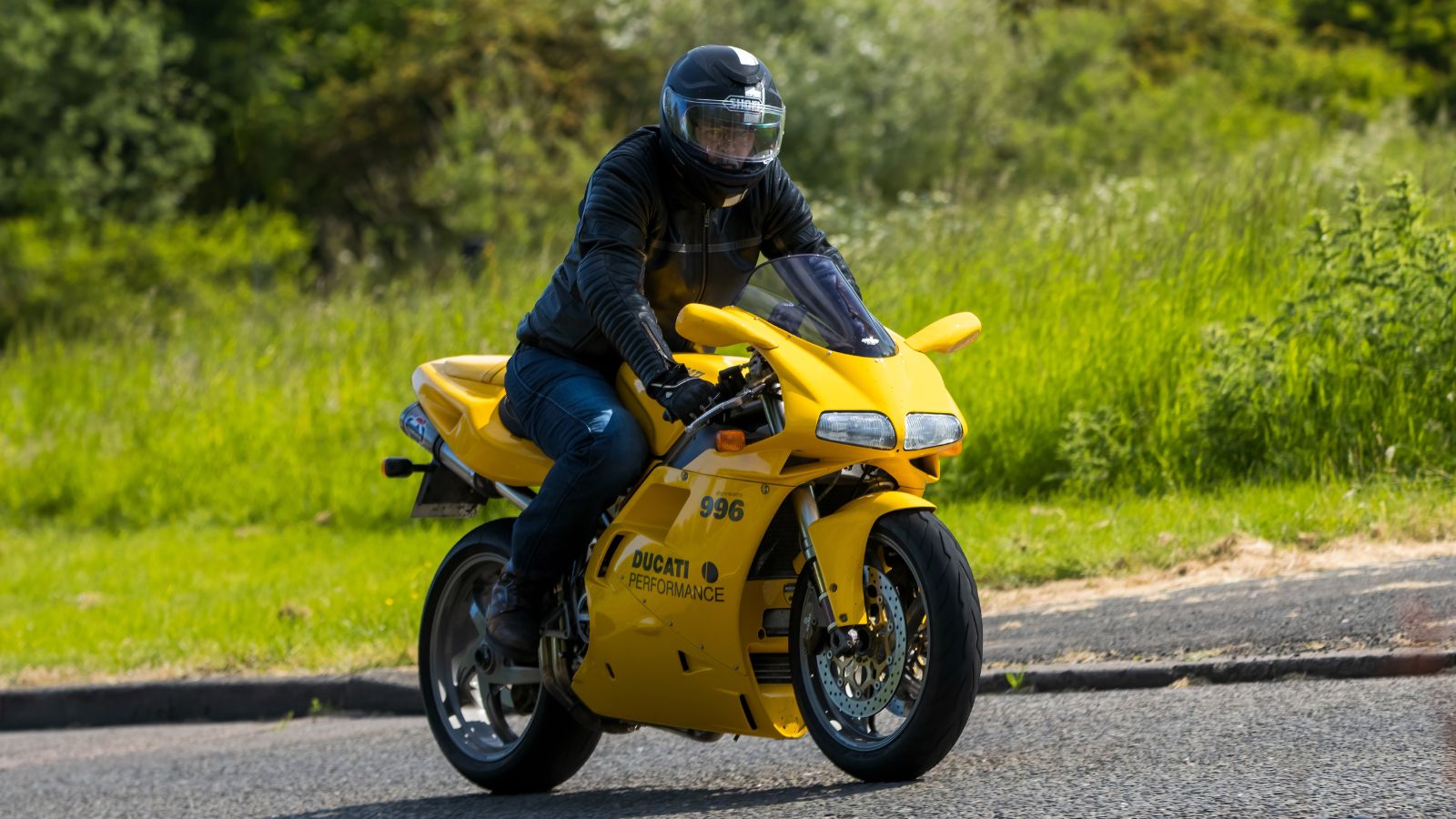
In base trim, the 996 delivered around 112 horsepower, but higher-spec versions like the SPS climbed toward 123 horsepower. This kept Ducati competitive against rivals from Yamaha and Honda that were upping the ante in the superbike wars of the late 1990s and early 2000s.
The Desmodromic Difference
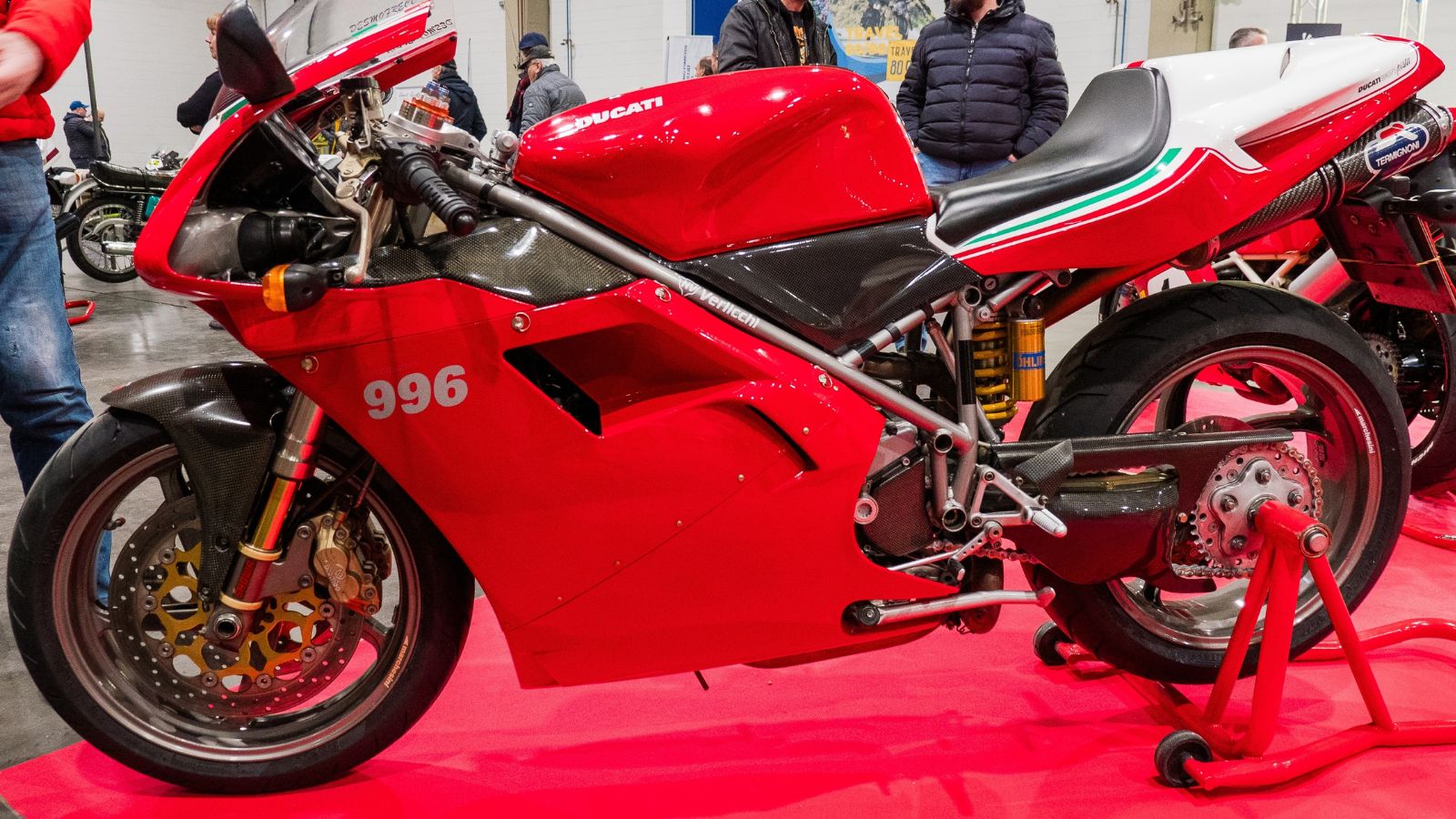
The 996 employed Ducati’s signature Desmodromic valve actuation, where cams both opened and closed the valves instead of relying on springs. This allowed higher revs without valve float and gave Ducati its signature mechanical advantage in racing.
Race-Bred Engineering
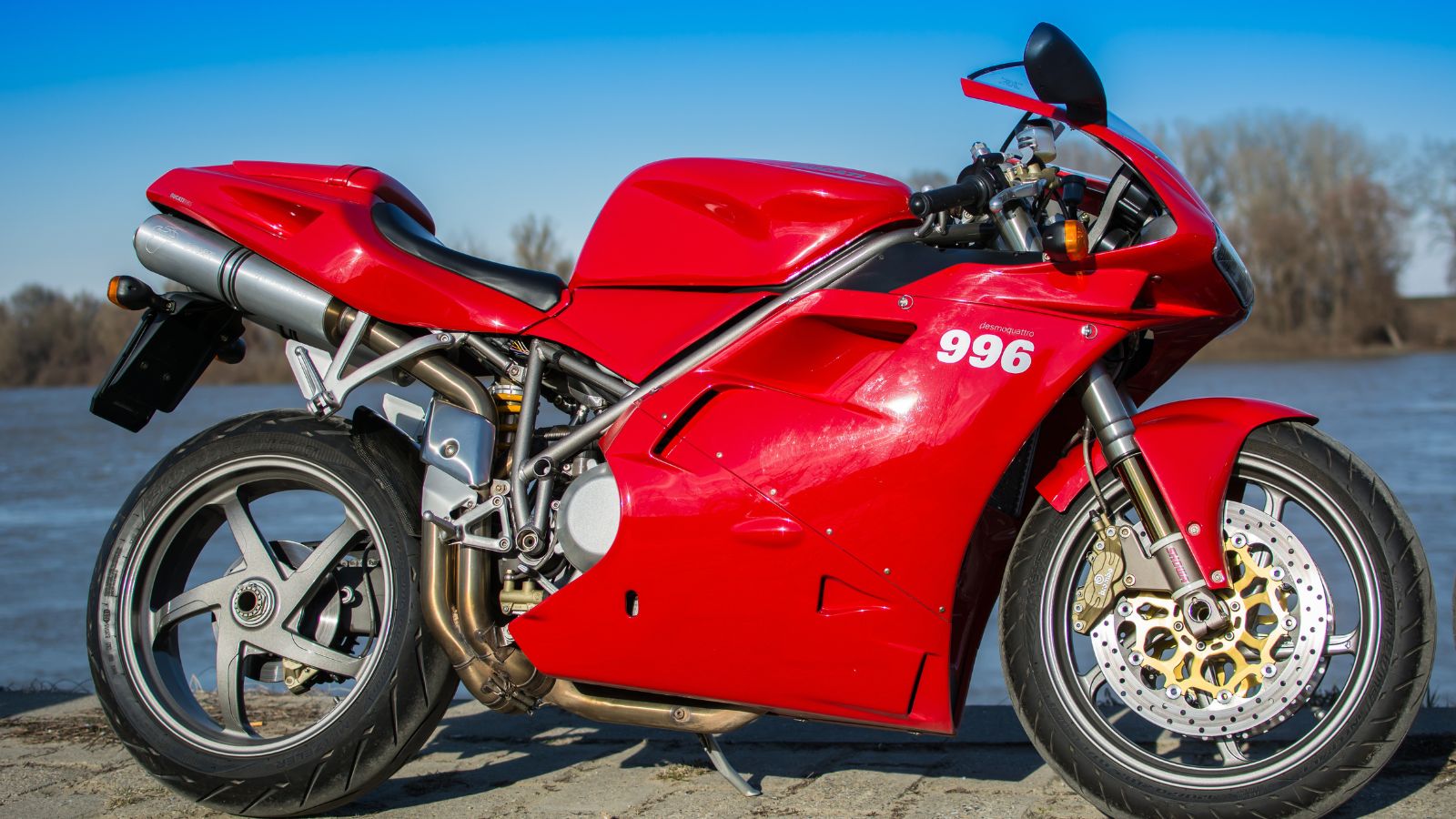
This wasn’t a bike designed only for the road. The 996 was essentially a World Superbike machine that you could register for street use. Its geometry, engine tuning, and suspension setup reflected Ducati’s single-minded pursuit of performance.
Trellis Frame Precision
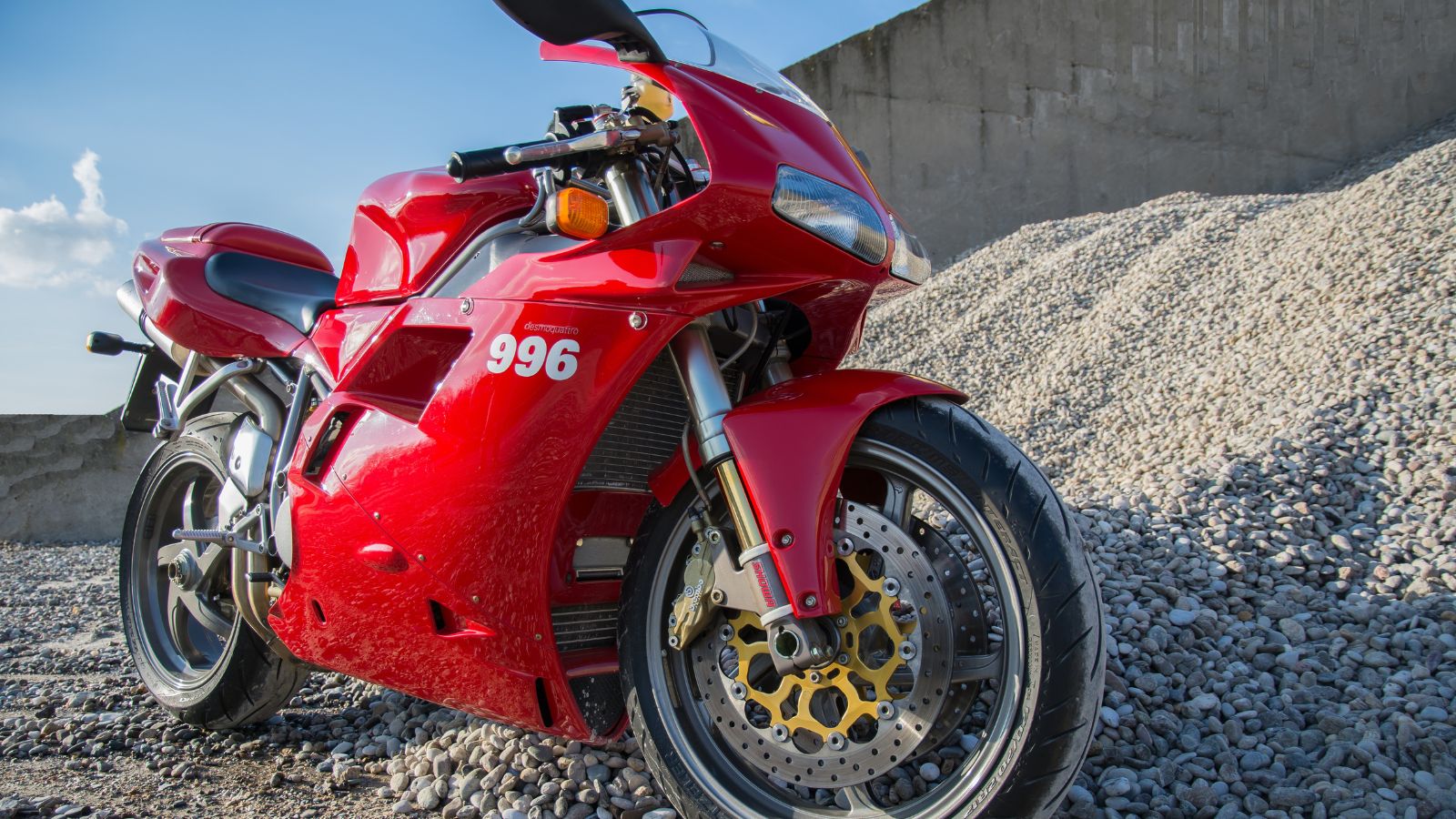
Ducati stuck with its tubular steel trellis frame, which gave the 996 its distinctive look and sharp handling. The frame was strong yet flexible, offering the precise front-end feel that riders loved, especially on track.
Single-Sided Swingarm
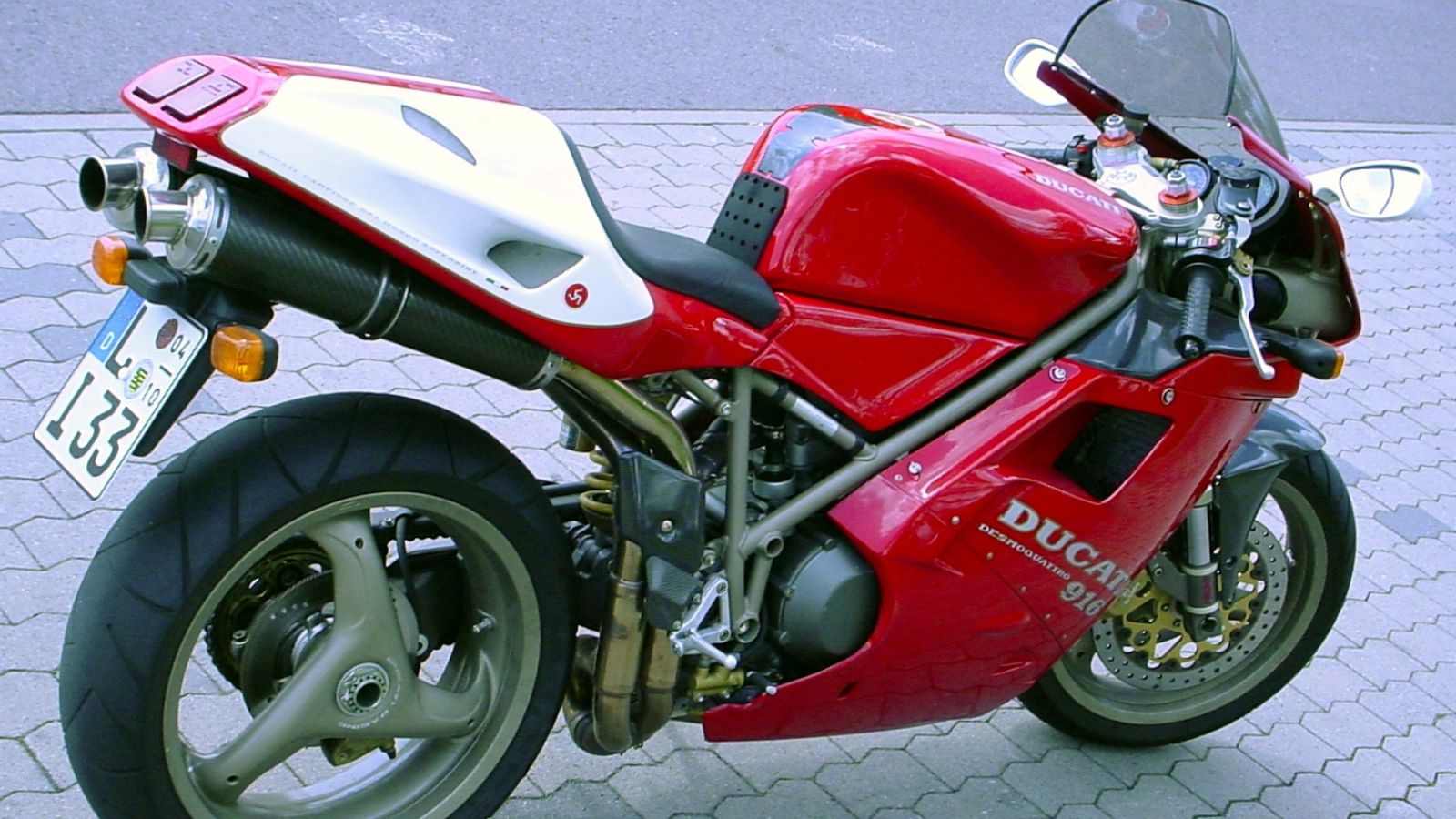
The single-sided swingarm, carried over from the 916, gave the 996 not only unique styling but also practical benefits in racing. Quick wheel swaps became easier, while visually it cemented the Ducati’s identity.
Tamburini’s Design Genius
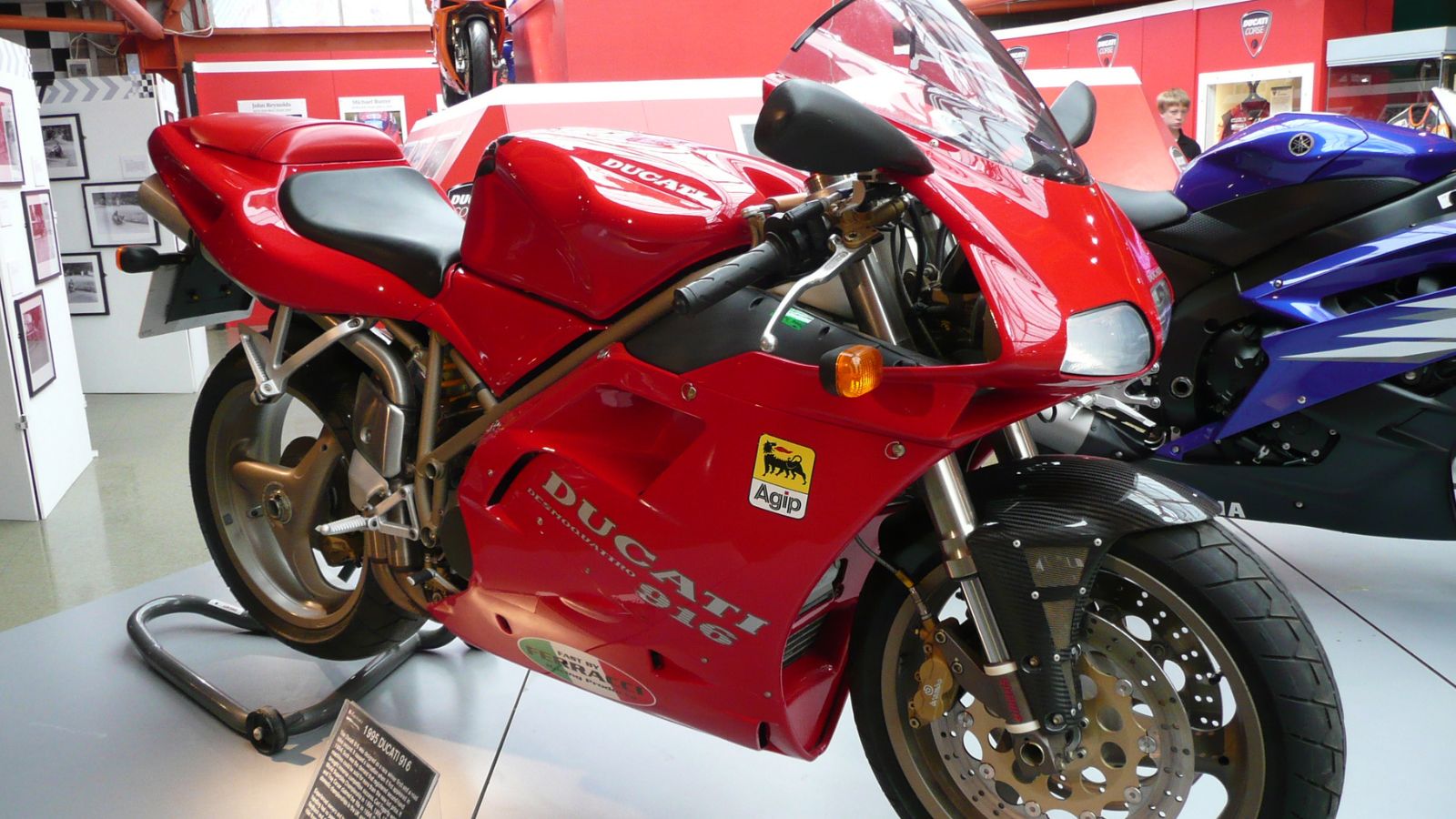
Massimo Tamburini’s design was so good on the 916 that Ducati wisely carried it over with the 996. His work is still regarded as one of the most beautiful motorcycle designs in history, and the 996 remains a timeless icon of Italian styling.
Ohlins and Showa Suspension Options
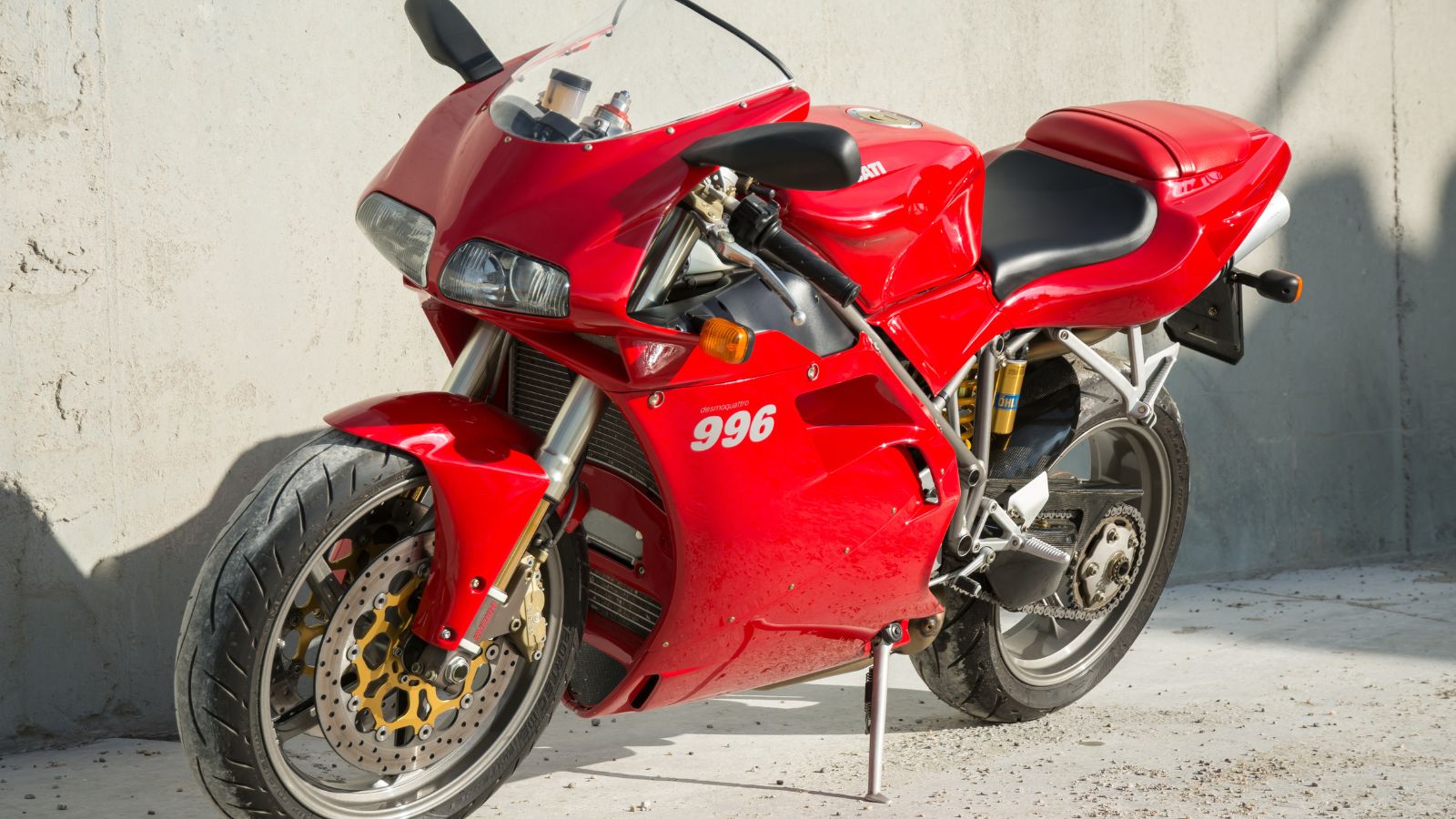
Depending on trim, the 996 came with Showa suspension in base models and premium Ohlins units in higher-spec bikes like the SPS and R. These setups made the 996 razor sharp in corners, rewarding skilled riders with incredible agility.
The 996 SPS
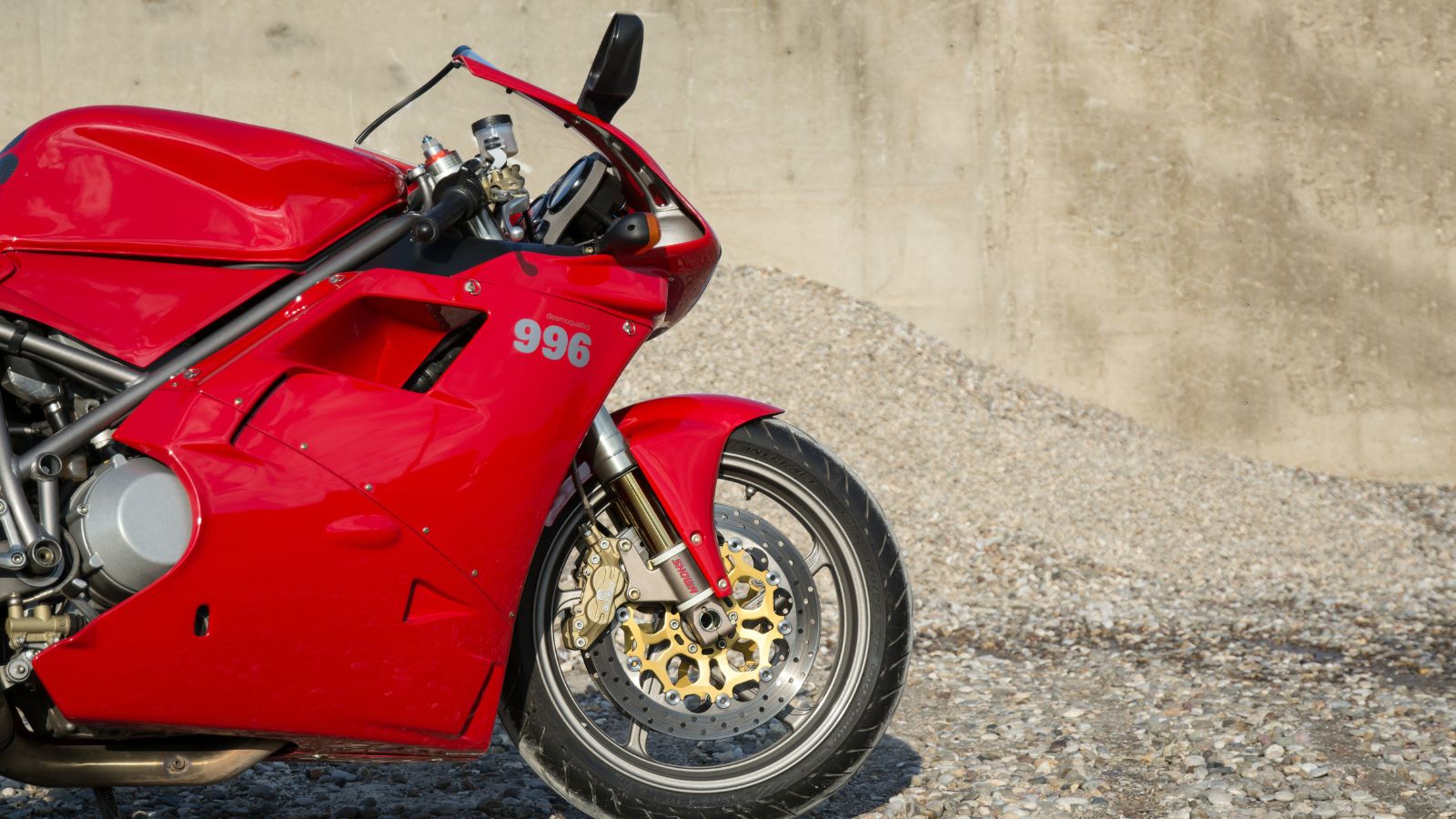
The Sport Production Special (SPS) was Ducati’s homologation bike for World Superbike. With a hotter cam, lighter components, and Ohlins suspension, it was essentially a race bike with mirrors. Limited production numbers made it highly collectible.
The 996R and the Birth of Testastretta
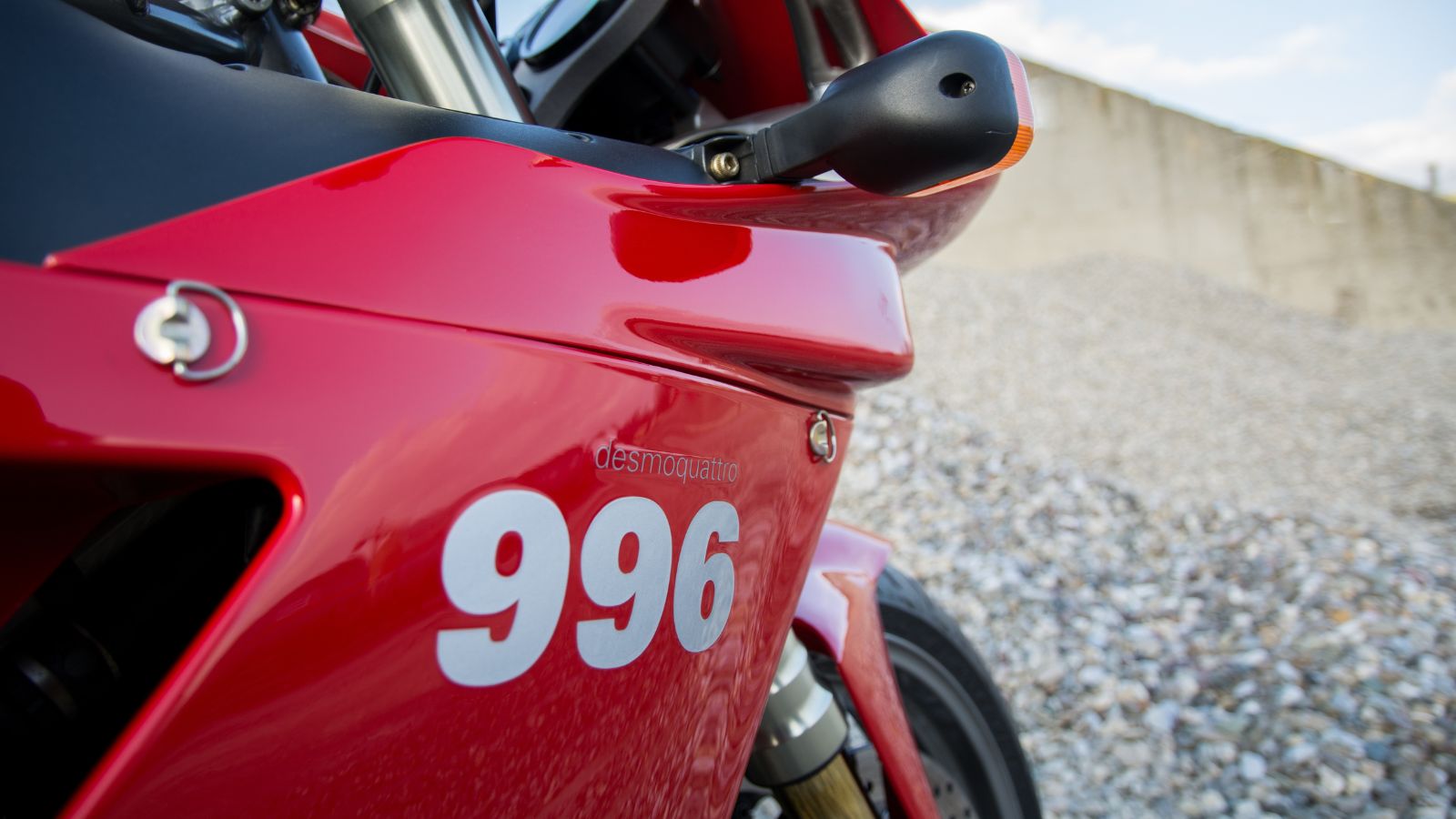
The ultra-rare 996R debuted Ducati’s Testastretta head design, which would define Ducati superbikes for the next generation. Producing 135 horsepower and featuring extensive carbon fiber, it was a glimpse of Ducati’s future engineering direction.
World Superbike Dominance
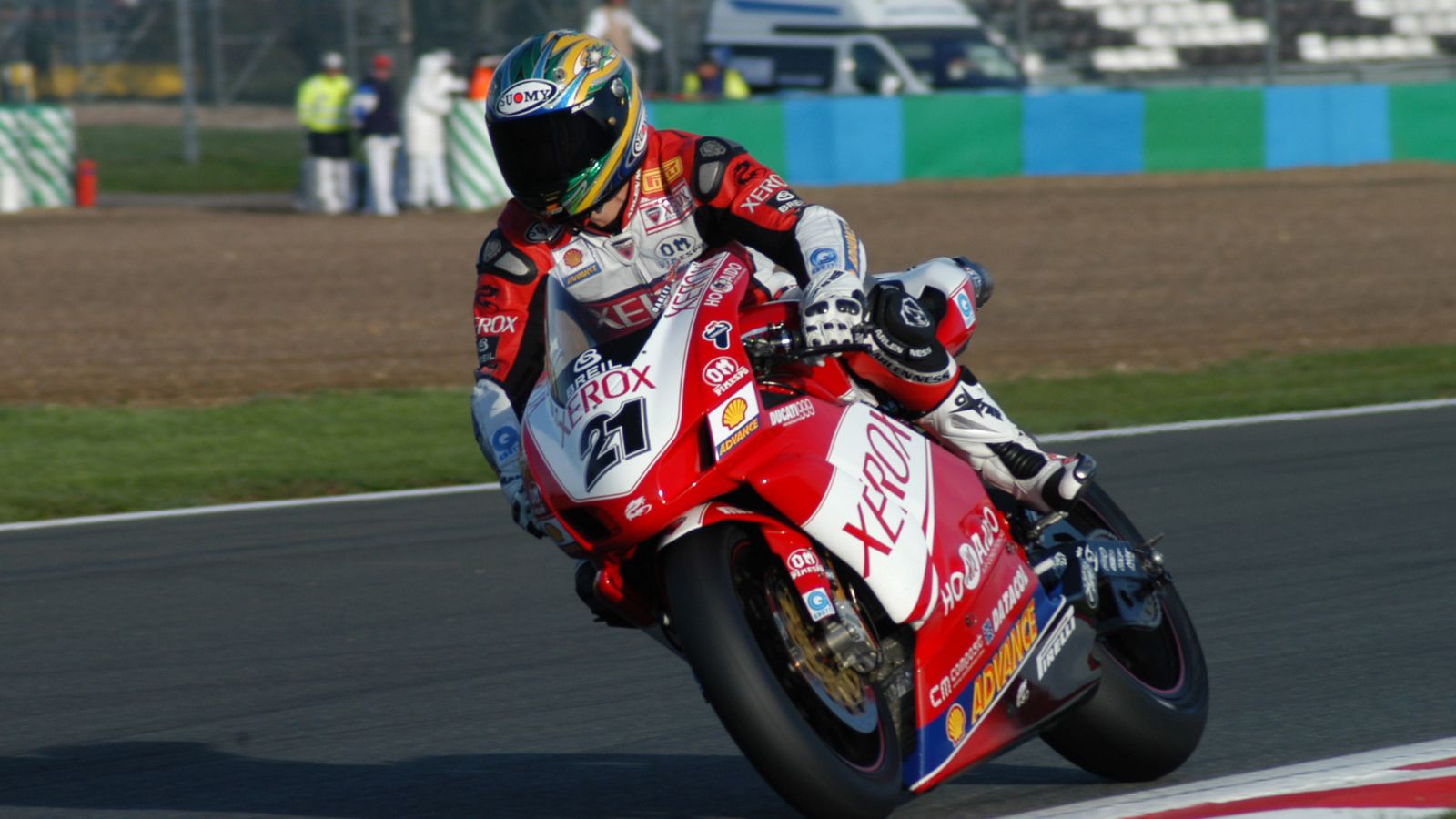
Carl Fogarty and Troy Bayliss piloted 996-based race bikes to World Superbike championships, solidifying the model’s place in motorsport history. For many Ducatisti, the 996 is inseparable from Ducati’s dominance in the WSBK paddock.
Unforgiving Riding Position
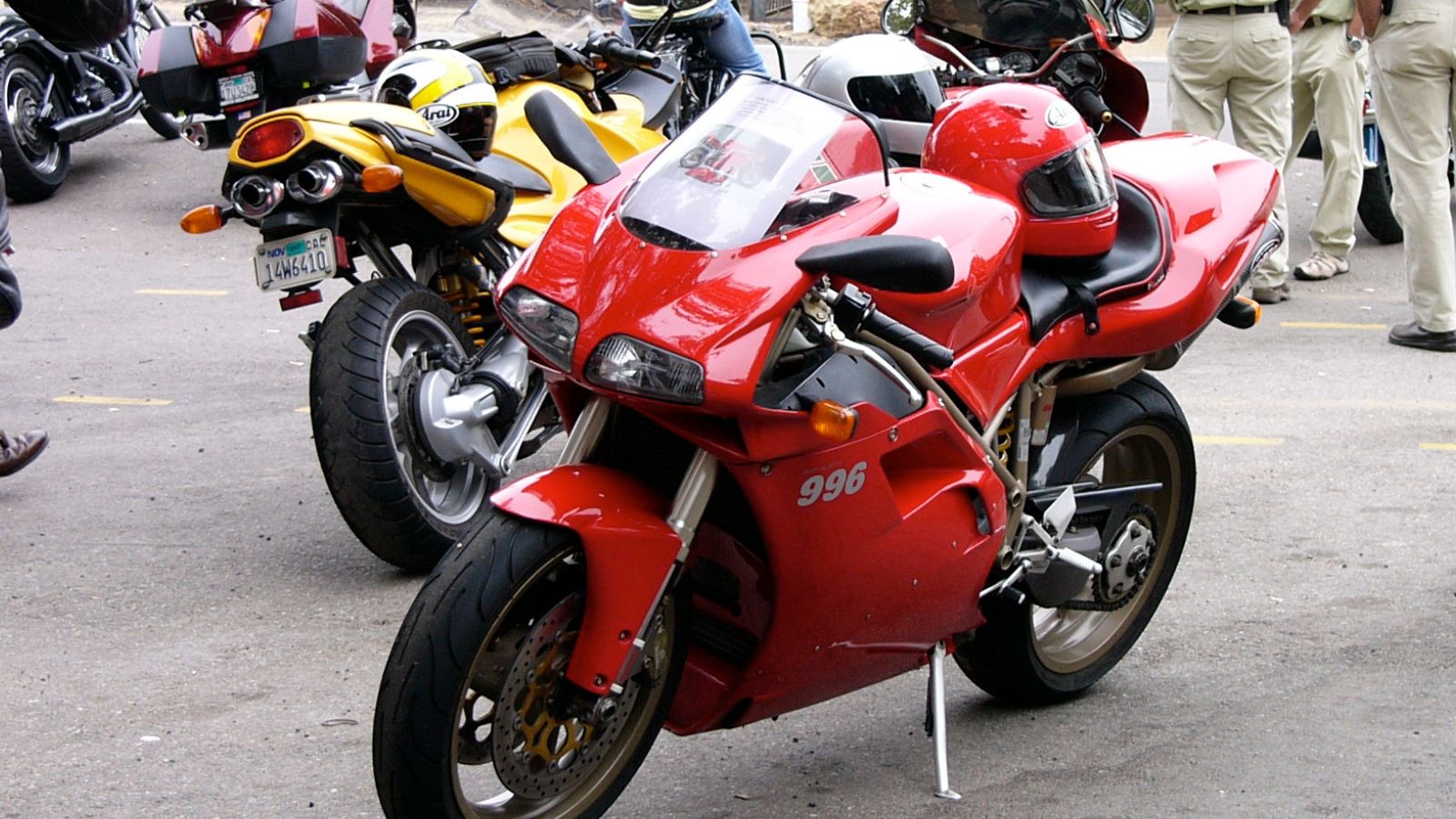
The 996 had a hardcore racing stance with low clip-ons and high rearsets. It was punishing in traffic and on long commutes, but the positioning gave unparalleled control on fast roads and trackdays. Ducatisti wear its discomfort almost like a badge of honor.
Tall First Gear
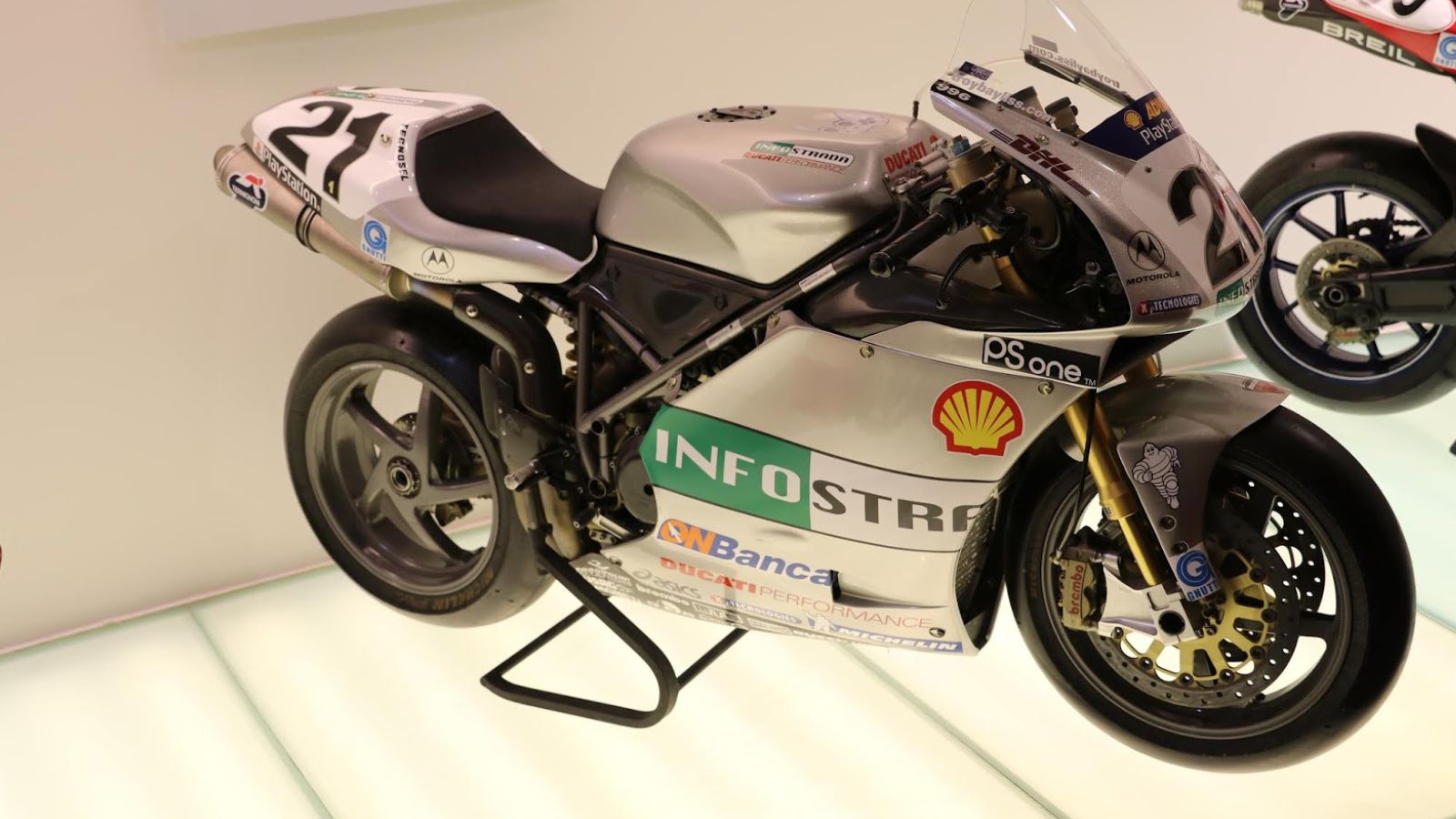
Ducati gave the 996 a long first gear to suit racing conditions. That meant city riding could feel jerky and difficult, but it made sense once you unleashed the bike in its natural habitat — wide open throttle.
Iconic Underseat Exhausts
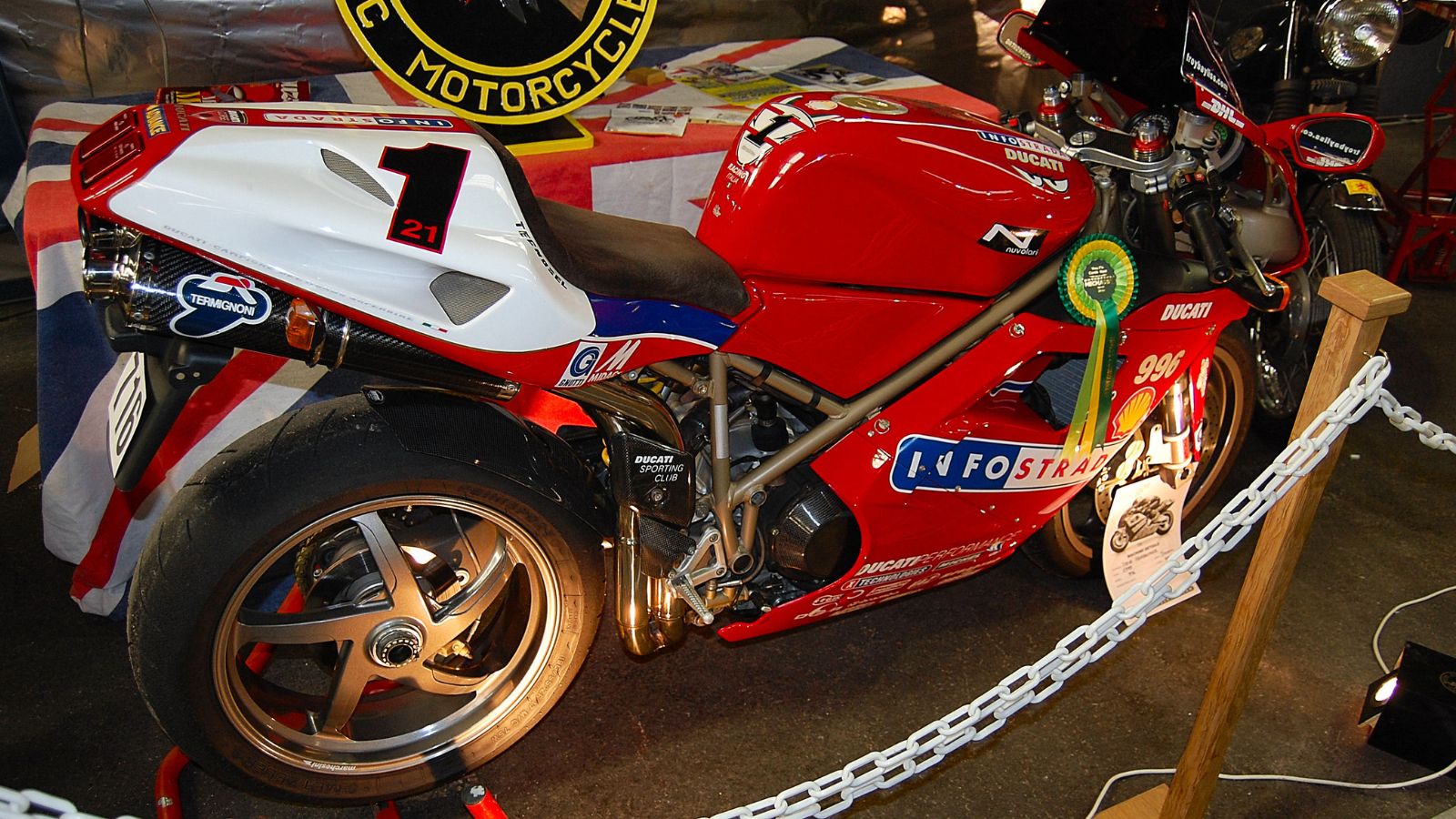
Twin underseat exhausts became the Ducati superbike signature. On the 996, they not only looked fantastic but gave the bike one of the most spine-tingling exhaust notes in motorcycle history.
Heat Management Challenges
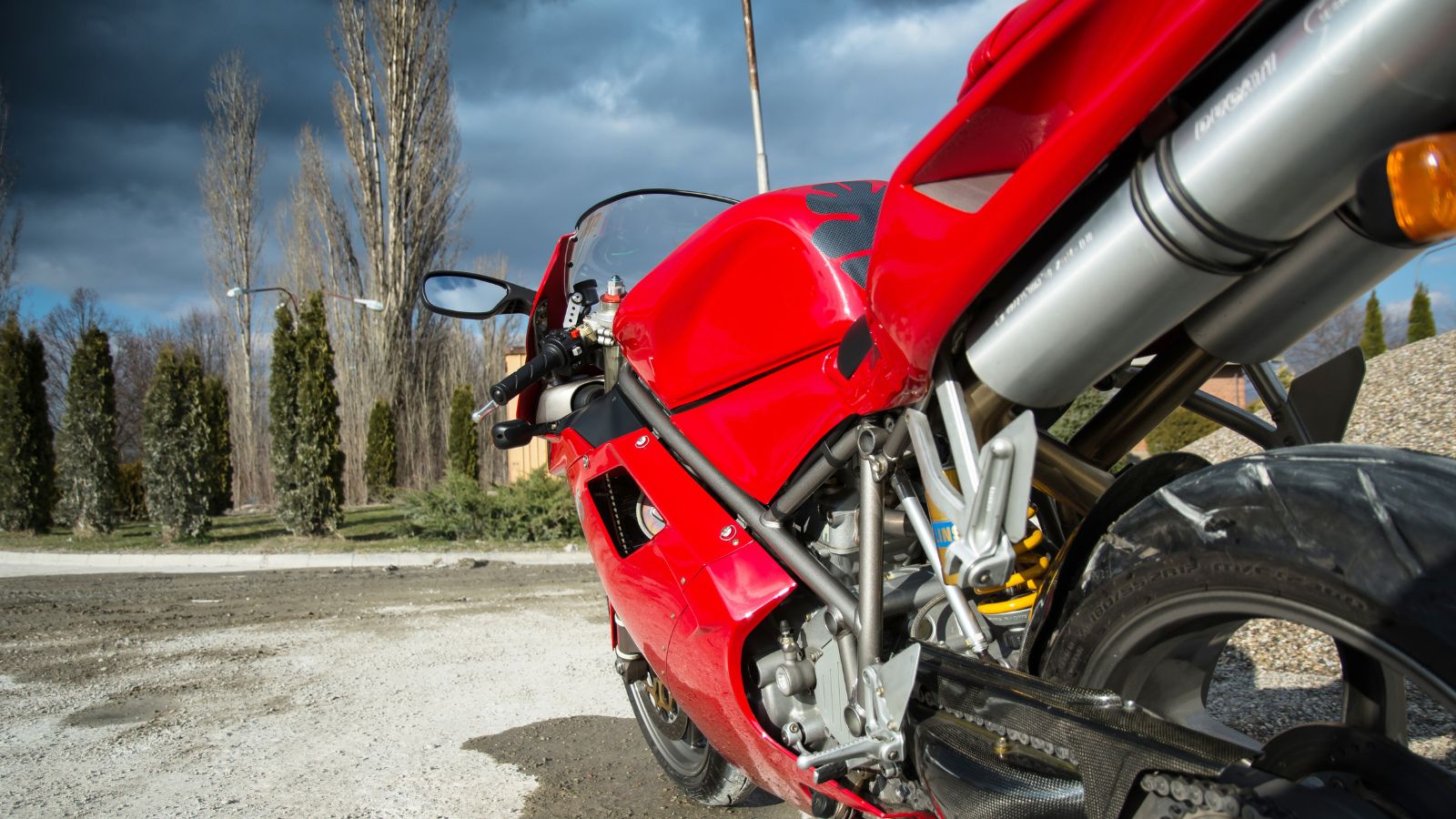
The 996’s engine produced plenty of heat, and with underseat exhausts, it wasn’t unusual for owners to feel the warmth on their legs during city riding. Combined with its tendency to run hot in traffic, the bike was happiest on open roads.
Collectability Rising
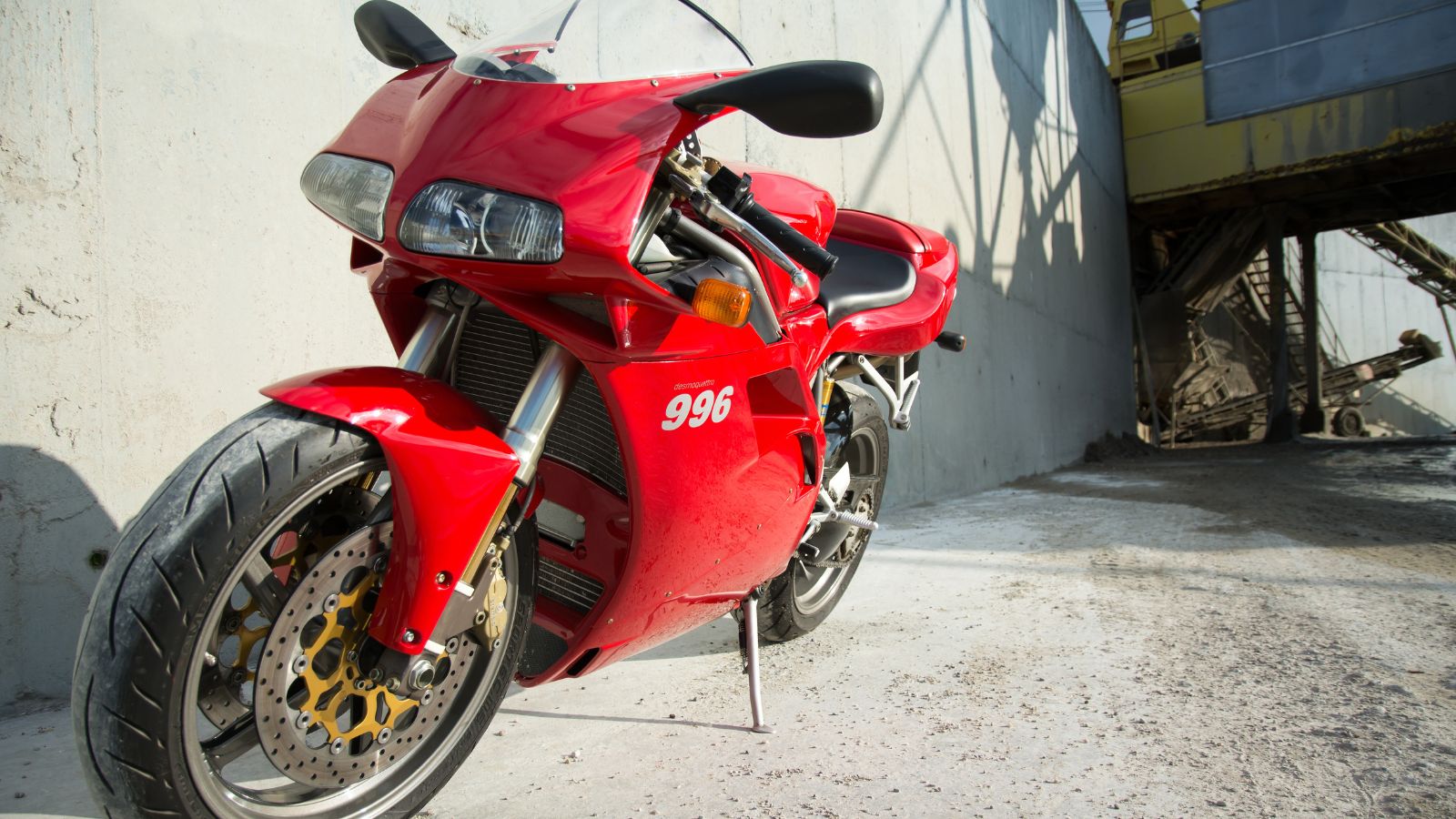
The 996 has become increasingly collectible, with values climbing steadily over the last decade. Clean, low-mileage examples are already being treated as blue-chip investments, prized for their role in Ducati history.
Influence on Future Ducatis
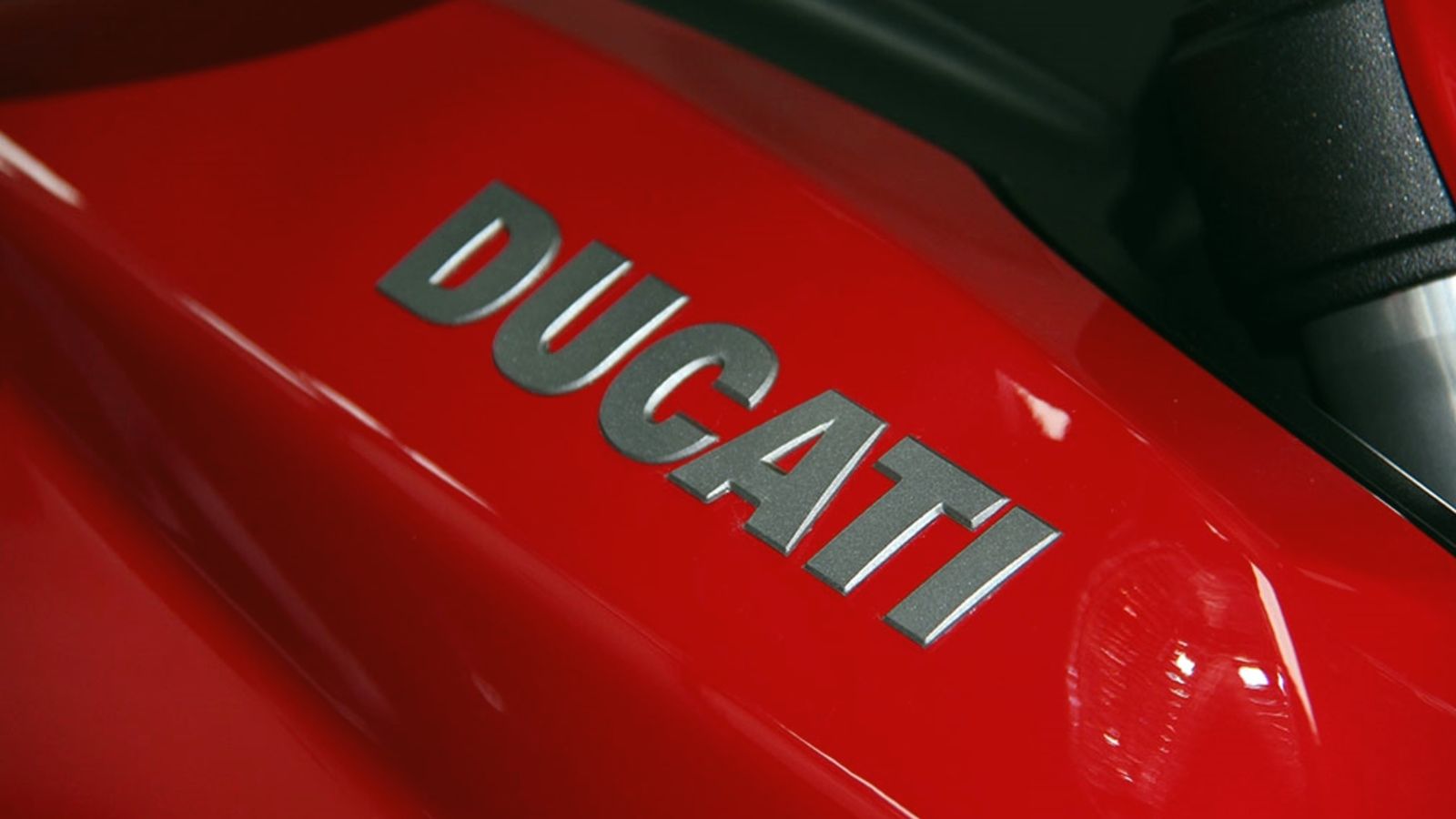
The engineering and design of the 996 carried forward into the 998 and laid the groundwork for the radical 999. Its development of the Testastretta design in the 996R influenced Ducati superbikes for years to come.
Foggy’s Legacy

Carl Fogarty’s championship wins aboard Ducati 996 race bikes created a cult following. His connection with the 996 elevated both rider and machine into motorsport legend. For many Ducatisti, owning a 996 feels like owning a piece of Foggy’s triumphs.
A Hollywood Star – The Matrix
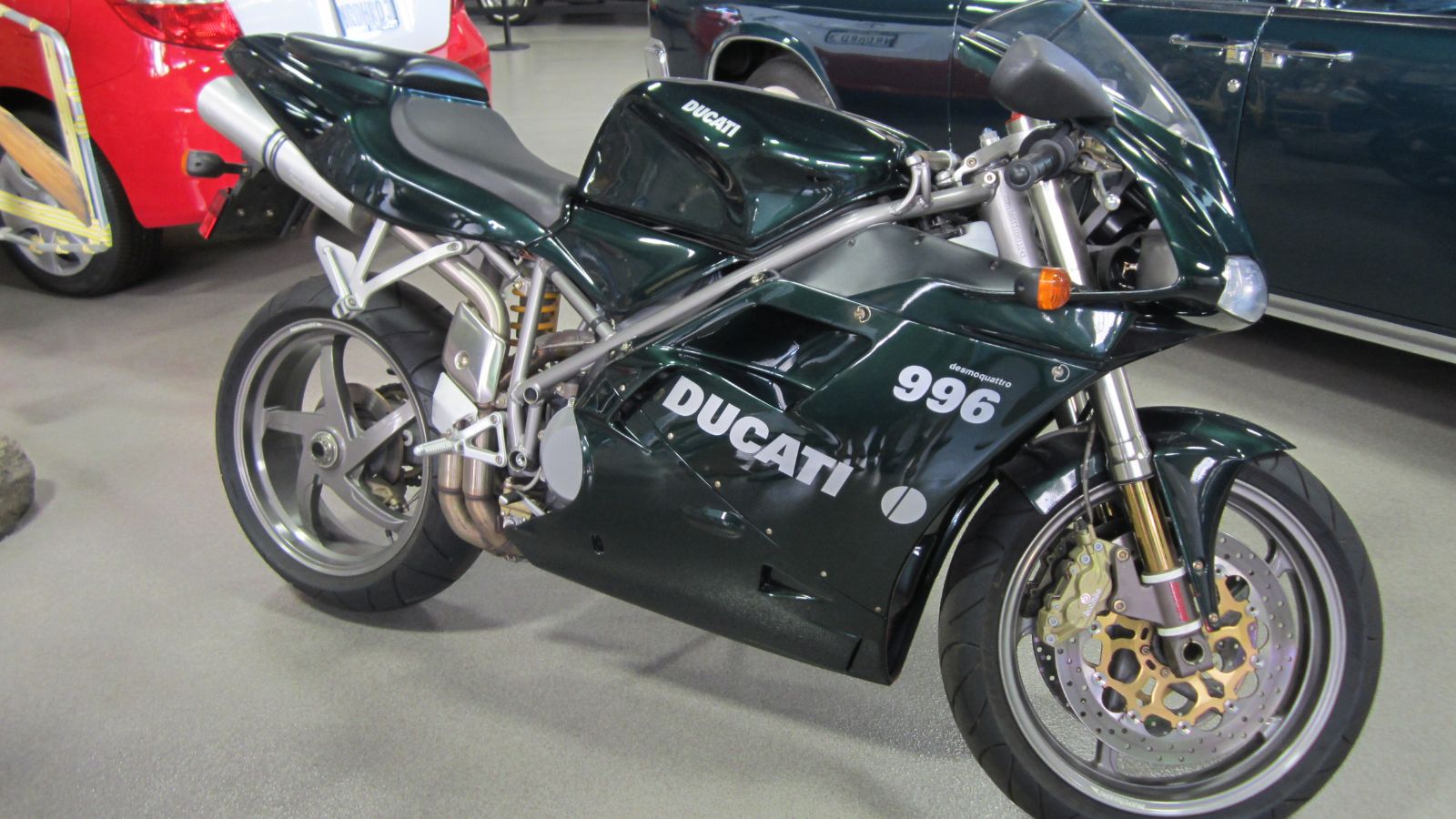
The Ducati 996 achieved pop culture immortality with its starring role in The Matrix Reloaded. Trinity’s jaw-dropping chase scene on the freeway introduced millions to Ducati’s beauty and performance. For many, that silver-screen moment was their first exposure to the brand, and it made the 996 an aspirational bike worldwide.
A True Ducatisti Icon
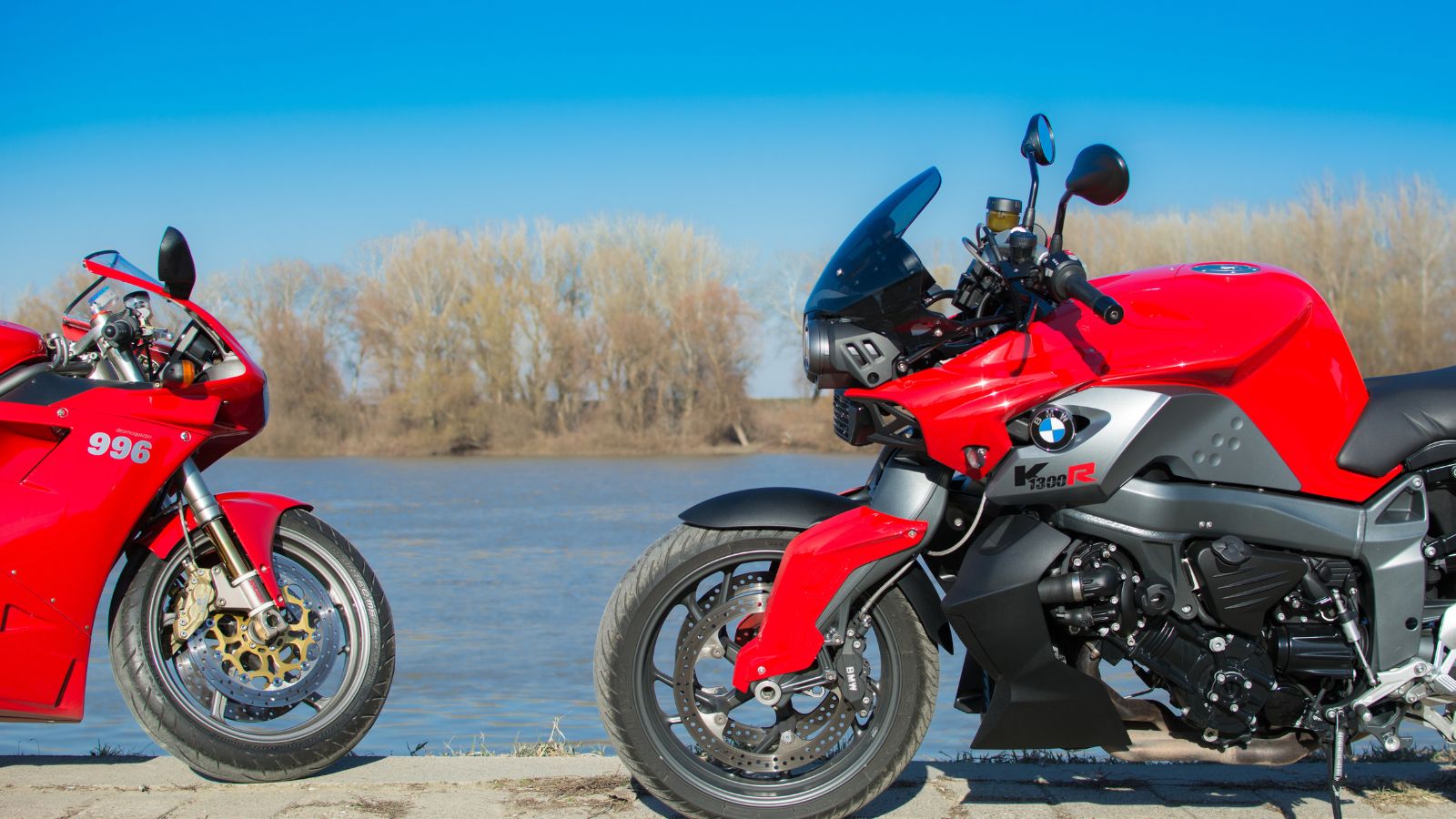
Above all, the 996 is remembered as one of the purest expressions of Ducati’s philosophy. Equal parts art and weapon, it demanded commitment from its riders but rewarded them with unmatched thrills. To Ducatisti, it remains more than just a motorcycle — it’s a badge of passion and identity.
996 Forever
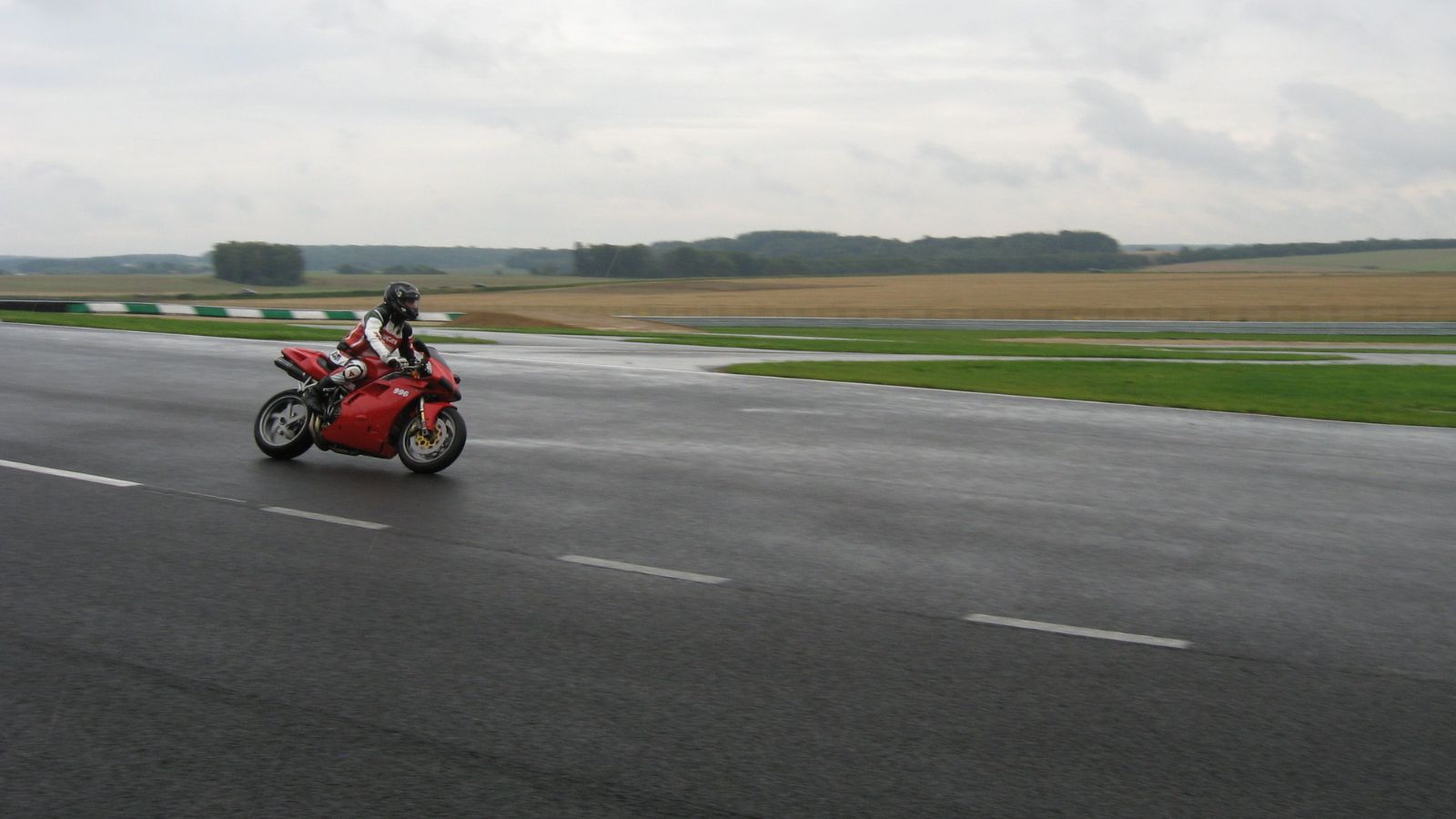
The Ducati 996 wasn’t built to be easy, nor was it built to cater to everyone. It was designed to thrill, intimidate, and dominate, both on track and in the hearts of enthusiasts. Its timeless design, race pedigree, and cultural presence make it one of Ducati’s most important bikes. For Ducatisti across Canada, the U.S., and the rest of the world, the 996 represents the golden age of Italian superbikes an era that will never be forgotten.
25 Facts About Car Loans That Most Drivers Don’t Realize

Car loans are one of the most common ways people fund car purchases. Like any other kind of loan, car loans can have certain features that can be regarded as an advantage or a disadvantage to the borrower. Understanding all essential facts about car loans and how they work to ensure that you get the best deal for your financial situation is essential. Here are 25 shocking facts about car loans that most drivers don’t realize:
25 Facts About Car Loans That Most Drivers Don’t Realize
